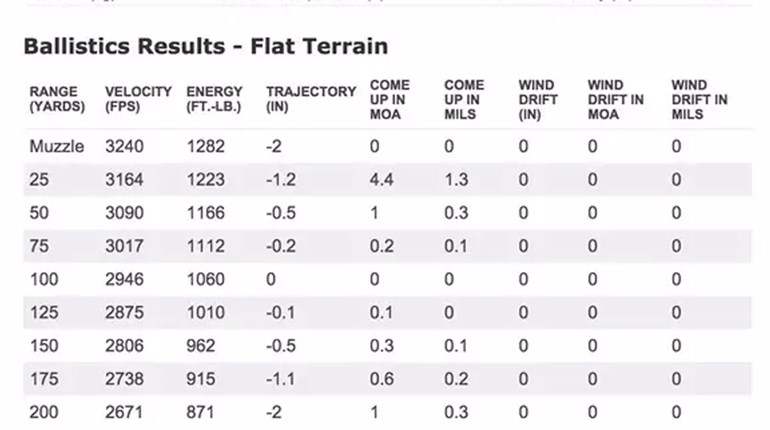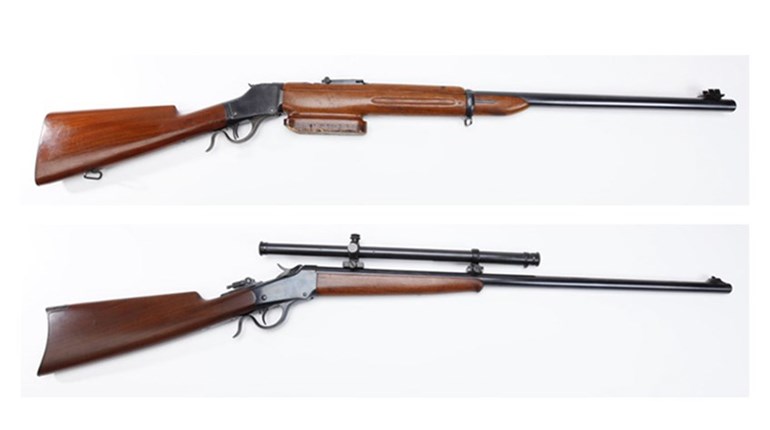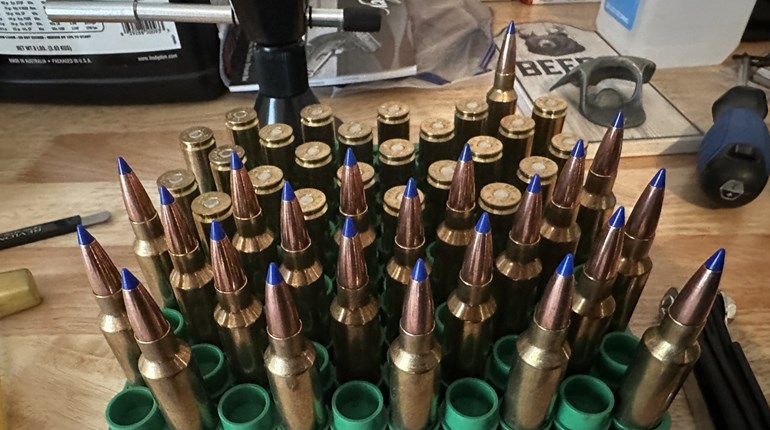
Terminal ballistics is the study of projectiles as they strike and penetrate the target. This includes changes to the bullet itself, and its effect on the target. Terminal ballistics are of particular interest to:
- hunters, to match the terminal ballistic performance of projectiles to their game;
- law enforcement agencies seeking incapacitation without overpenetration;
- military forces seeking incapacitation while conforming to international law;
- civilian gun owners seeking suitable loads for self-defense;
- silhouette shooters seeking bullets that knock down steel targets;
- action shooters who need to knock down reactive targets; and
- range designers and builders who need to ensure containment of projectiles.
Bullet performance is determined by seven different factors: striking energy, striking velocity, penetration, bullet expansion, bullet tumbling and bullet rotation velocity. Although we'll need to invoke the science of physics to explain how all of those factors matter to you, don't worry: You won't need a Ph.D. to follow allong. This week, we'll start with striking energy, striking velocity and how they affect one another.
Striking Energy
As a bullet strikes, then penetrates, the target, it transfer some or all of its kinetic energy to the target. As the bullet penetrates, the kinetic energy performs work by deforming the target and the bullet. Since energy is defined as the capacity to do work, bullet kinetic energy at impact is widely used as a measure of cartridge power. The striking energy of a bullet is normally expressed in the number of foot-pounds (ft.-lbs.) or Joules.
While a bullet's muzzle energy is often used for ballistic comparisons, the striking energy of a bullet is a more realistic measure of ballistic potential. However, the striking energy a bullet retains downrange is not necessarily proportional to its muzzle energy.
Striking Velocity
As a bullet travels downrange, it continuously sheds velocity. Striking velocity is the velocity of a bullet on impact with the target, and it will always be less than the muzzle velocity. In general, the higher the striking velocity, the better. Striking velocity affects terminal performance of the bullet in several ways:
- Striking velocity determines bullet energy on impact;
- Striking energy varies directly with bullet weight; and
- Striking energy varies as the square of velocity.
In other words, a change in bullet striking velocity will have a much greater effect on bullet striking energy than a proportional change in bullet weight. Doubling bullet weight doubles bullet striking energy, whereas doubling bullet striking velocity quadruples striking energy. At initial impact and penetration, a bullet creates a localized area of high pressure that rapidly displaces target material outward from the impact point. As the bullet penetrates, it creates a permanent wound path. As it does so, it may expand or tumble, considerably increasing the size of the permanent wound path. Bullet fragments, bits of bone and pieces of clothing can become secondary projectiles that can damage tissue at a distance from the point of impact.
In addition, the shock wave from bullet impacts greater than 2,000 feet per second (f.p.s.) may create a temporary wound cavity in the tissue of a live target. The higher the bullet's striking velocity, the larger the temporary wound cavity...which can stretch or tear blood vessels, nerves and other tissues outside the bullet track.







































